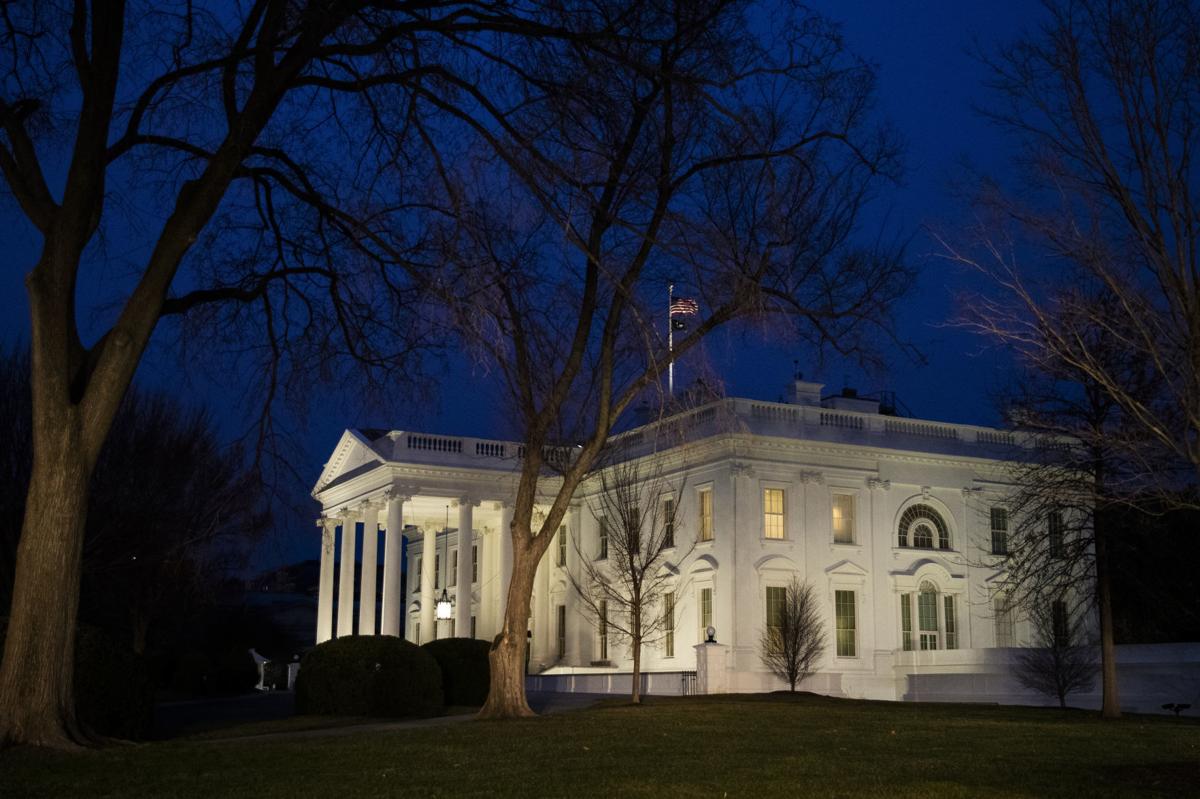Question: Do you know about the history of the White House and its many updates and remodels?
Answer: Yes! This is a favorite topic of mine. The White House on Pennsylvania Avenue belongs to every tax-paying American.
Note: Much of this information is provided by the official White House Museum and my friend, David Dean, assistant history professor at Grand Canyon University.
George Washington arranged the building of the first White House and construction began in 1792. The neo-classical design of the executive residence was modeled after a palace in Dublin by an Irish architect, James Hoban, hired by Washington.
Washington’s successor, John Adams, was the first president to actually live there, even though it was still unfinished when he arrived in 1800. The cost of that first building was $232,372. It’s pretty tricky to calculate what that might be today. Some estimates online say it could range from $4.4 million to as much as $8 billion in modern money. And that doesn’t even include buying a lot on Pennsylvania Avenue.
Q: When was the first remodel?
A: The house was set ablaze in 1814. 4,000 British soldiers invaded Washington, D.C., during the War of 1812 and torched the interior in retaliation for the American attack on the city of York in Ontario, Canada, that occurred during the American Revolutionary War. President James Madison recalled Hoban to direct a reconstruction of the house.
Hoban altered the structural scheme of the house by substituting timber for brick in some of the interior partitions. The shortcut saved time (the work was done in three years), but produced a weaker structure.
Q: Did they need to rebuild the White House?
A: Not until much later. Some minor changes were made by President Teddy Roosevelt but, when Harry Truman became president after Franklin Roosevelt died, the White House had really become a fixer-upper due to all the repairs postponed during the Depression and World War II. Floors were creaking and swaying. A bathroom in the first family’s living quarters was sinking into the floor. Plaster walls were sagging, and wooden beams had been weakened by cutting and drilling done for previous remodeling.
Q: How extensive was the post war remodel?
A: Construction began in 1949 and lasted until 1952. The modern transformation of the White House retained the historic sandstone walls, the third floor and the roof, while at the same time removing and then rebuilding the other interiors on a skeleton of steel structural beams and a new concrete foundation. Where once the White House had nearly collapsed from its structural deficiencies, now 660 tons of steel strengthened the new concrete inner walls and floors. Although retaining much of its historic appearance, the interior of the house was stunning. The repairs cost $5.7 million.
Q: When did modern conveniences make it to the White House?
A: Certainly, the White House was the grandest home in America until well into the 1800s, but life there was a bit lacking in conveniences. Changes were made over the years:
Thomas Jefferson, the second president to live there (1801-1809), demolished
- a wooden outhouse and installed two water closets upstairs. Millard Fillmore (1850-1853) gets credit for introducing the first flush toilet.
- Running water was not installed until 1833.
- Central heating came along in 1837 and gas lights in 1848.
- Running hot water was first piped into a bathroom in 1853. That’s when the first permanent bathtub was installed.
Presidents that followed Truman have primarily done restoration and redecoration with the most famous being the campaign by Jackie Kennedy to redecorate the White House with genuine period furniture.
According to the White House website, the mansion now has 132 rooms, 35 bathrooms, eight staircases and three elevators. It requires 570 gallons of paint to cover the outside of the White House.
Records from 2017 show that the General Services Administration spends as much as $1 million a year in maintenance and repair costs for the White House (this number does not include salaries for staff, utilities or food).
If you’re touring Washington, D.C., and you’d like to visit the White House, you will need to schedule a tour up to three months and no less than 21 days before hand. Public tours are only available by advance registration. There are many restrictions and only five rooms are on display of the 135 rooms in the building.
You can enjoy a digital tour from your own computer and there are many good coffee table books such as “The White House: An Illustrated Architectural History” By Patrick Phillips-Schrock.





